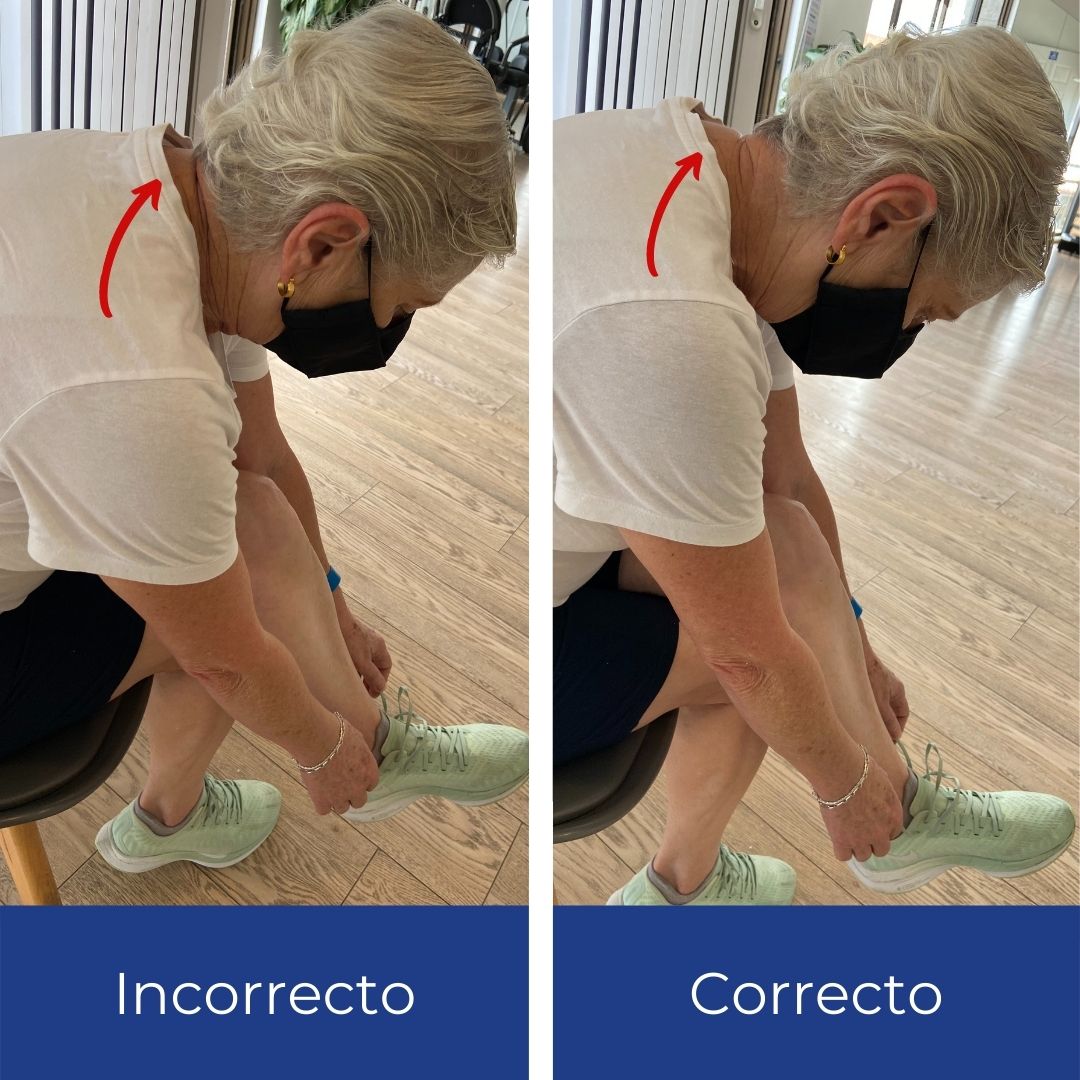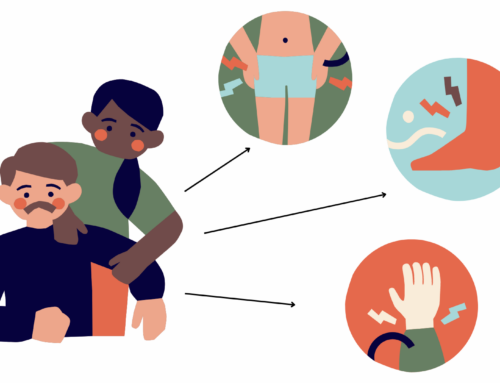Tie laces correctly and avoid neck whiplash
Tying shoelaces is part of everyday life. Most of the time, people do not analyze how they perform this daily activity, so they are not aware that a bad position can cause the famous "whiplash" effect in the neck, called cervical hyperextension. At NeuroFT Clinic they explain how to tie your shoelaces correctly and avoid neck injuries.
Symptoms of whiplash in the neck
Technique for tying laces in correct posture

In the first photo it can be seen that when tying the shoe there are more wrinkles at the neck level which means that it is in a constant cervical extension generating radicular compression. In the second photo the posture is corrected and does not generate symptoms.
Tying shoelaces is part of everyday life. Most of the time, people do not analyze how they perform this daily activity, so they are not aware that a bad position can cause the famous "whiplash" effect in the neck, called cervical hyperextension. At NeuroFT Clinic they explain how to tie your shoelaces correctly and avoid neck injuries.
Symptoms of whiplash in the neck
Technique for tying laces in correct posture

In the first photo it can be seen that when tying the shoe there are more wrinkles at the neck level which means that it is in a constant cervical extension generating radicular compression. In the second photo the posture is corrected and does not generate symptoms.





